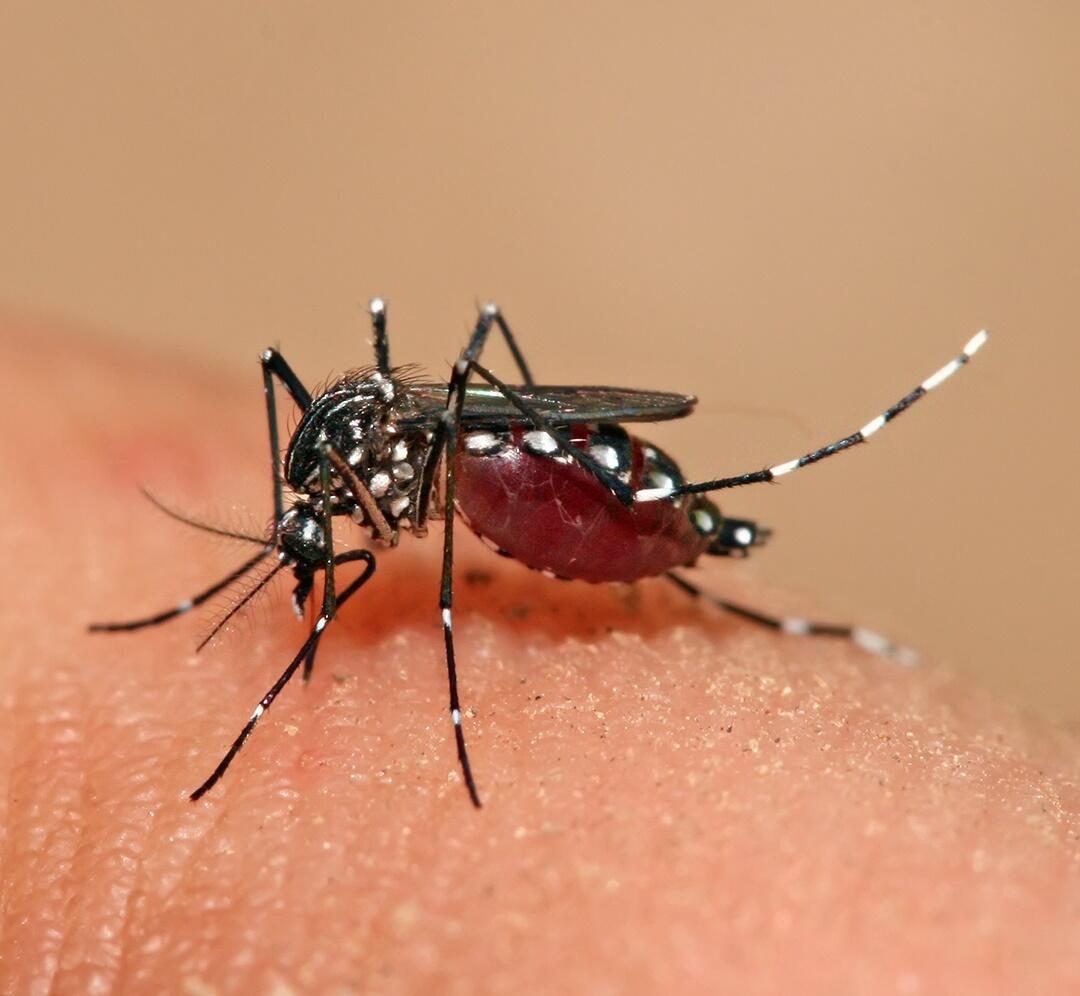
As part of the IDAMS colloquium, Drs Leigh Bowman, Philip McCall, Piero Olliaro, Axel Kroeger and Max Petzold hypothesised the existence of alarm variables that could provide warning of future dengue outbreaks.
Dr Bowman said: “The use of alarm variables in tailored early warning systems could be used to increase public health capacity prior to epidemic transmission.”
Datasets from five countries in Latin America and South East Asia were collected from 2007 - 2013 and an early warning model was built. Data from the years 2007-2011 were used to calibrate the model while data from 2012-2013 were used to evaluate it. Results showed that an increase in mean temperature, the number of probable dengue cases and to some extent rainfall and humidity were all predictive of dengue outbreaks.
Dr Bowman continued “By providing early warning to dengue-endemic countries, timely action may improve the management of large epidemics, mitigate dengue cases or even avert dengue outbreaks altogether”.
Dengue is a Neglected Tropical Disease (NTD) that disproportionately affects the poorest communities worldwide, and continues to expand globally. It is transmitted through the bite of an infected mosquito and exists in four different serotypes that are common throughout much of the globe. Outbreaks have a huge economic cost which can overwhelm public health capacity by straining clinical and vector control resources. Early warning systems for dengue outbreaks could provide epidemiologists and programme managers with the necessary time to respond to such outbreaks.
Bowman LR, Tejeda GS, Coelho GE, Sulaiman LH, Gill BS, McCall PJ, et al. (2016) Alarm Variables for Dengue Outbreaks: A Multi-Centre Study in Asia and Latin America. PLoS ONE 11(6): e0157971. doi:10.1371/journal.pone.0157971